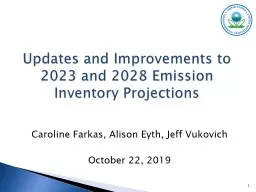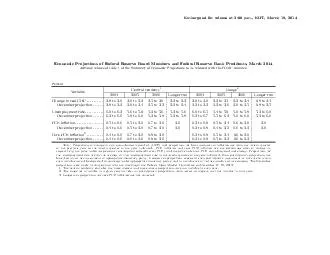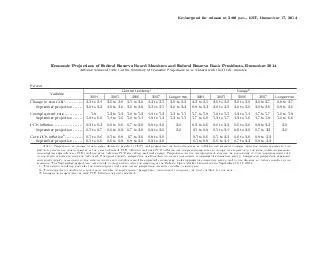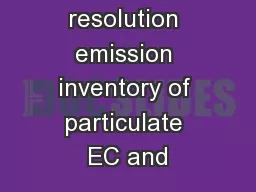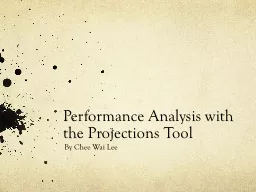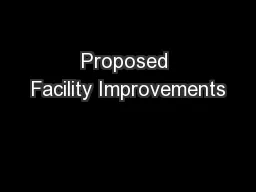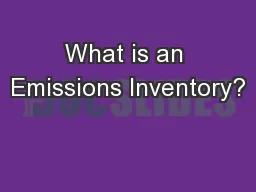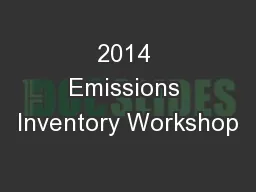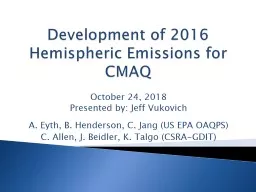PPT-1 Updates and Improvements to 2023 and 2028 Emission Inventory Projections
Author : shangmaxi | Published Date : 2020-06-23
Caroline Farkas Alison Eyth Jeff Vukovich October 22 2019 2 The views expressed in this presentation are those of the authors and do not necessarily represent the
Presentation Embed Code
Download Presentation
Download Presentation The PPT/PDF document "1 Updates and Improvements to 2023 and 2..." is the property of its rightful owner. Permission is granted to download and print the materials on this website for personal, non-commercial use only, and to display it on your personal computer provided you do not modify the materials and that you retain all copyright notices contained in the materials. By downloading content from our website, you accept the terms of this agreement.
1 Updates and Improvements to 2023 and 2028 Emission Inventory Projections: Transcript
Download Rules Of Document
"1 Updates and Improvements to 2023 and 2028 Emission Inventory Projections"The content belongs to its owner. You may download and print it for personal use, without modification, and keep all copyright notices. By downloading, you agree to these terms.
Related Documents

